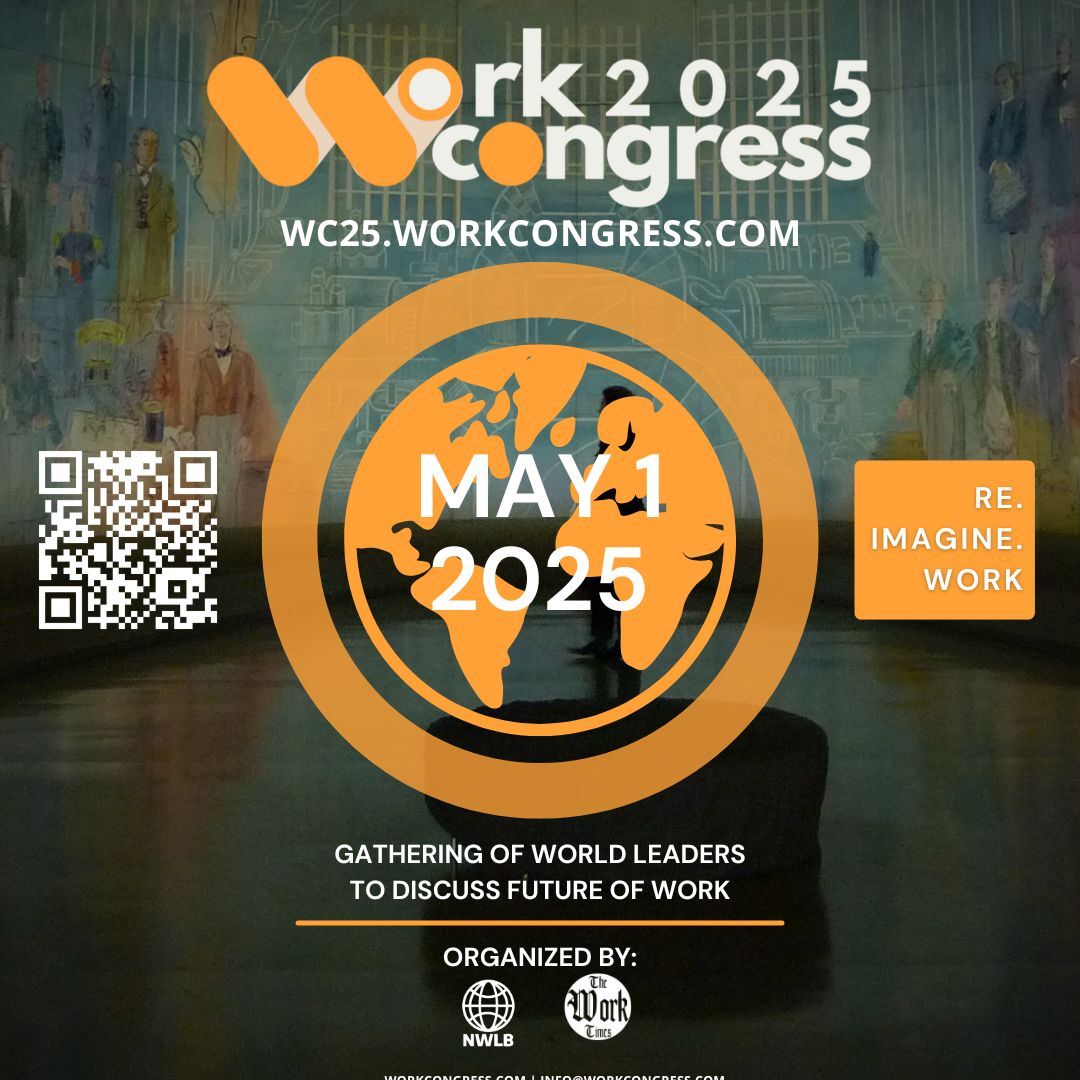Navigating the Crossroads: Cloudflare’s AI Leap, Intel’s Struggles, and the High-Stakes Tech Clash Between Trump and Musk
In 2024, the rapid evolution of artificial intelligence is more than a technological phenomenon—it is a fulcrum on which global industry power dynamics and political narratives pivot. Within this landscape, three parallel threads are weaving a complex, often unpredictable fabric that defines not only the AI community but the broader tech and socio-political ecosystem: Cloudflare’s bold AI advancements, Intel’s continuing challenges, and the escalating public conflict between Donald Trump and Elon Musk. Together, these stories offer a compelling lens through which to understand where AI is headed and how it intersects with innovation, competition, and culture.
Cloudflare’s Breakthrough: AI as Infrastructure Catalyst
Cloudflare has emerged as an unexpected titan in the AI revolution, not by building flashy consumer AI apps but by embedding intelligence at the very core of the internet’s infrastructure. Through strategically integrating AI capabilities into its globally distributed network, the company is not merely enhancing speed or reliability but transforming how data flows, decisions are made, and web security is enforced in real-time.
At the heart of Cloudflare’s strategy lies an embrace of AI as a force multiplier—supercharging its edge computing platform with smart automation, improved threat detection, and adaptive content delivery. This leap has positioned Cloudflare as a crucial enabler of AI-driven applications, offering unprecedented scalability and resilience for emerging AI workloads that demand both lightning-fast response times and ironclad trust.
For the AI community, Cloudflare’s innovations represent a vital shift in how AI models can be deployed. Instead of relying solely on centralized data centers or cloud behemoths, the next generation of models could leverage the edge intelligence Cloudflare offers to reduce latency, improve privacy, and democratize access to AI-powered services worldwide.
Intel’s Ongoing Struggles: A Turning Point for Semiconductor Giants
While Cloudflare accelerates forward, Intel finds itself at a difficult crossroads. Once synonymous with dominance in semiconductors, Intel is wrestling with setbacks that ripple through the AI industry and beyond. Manufacturing delays, fierce competition from the likes of TSMC and AMD, and the increasing demand for specialized AI chips have exposed vulnerabilities in Intel’s traditional business model.
This turbulence is not just a corporate challenge; it signals a broader shift in how AI hardware is conceived and produced. The need for highly efficient, AI-optimized chips has blurred the lines between hardware architects and AI software developers, compelling semiconductor giants to innovate with agility and foresight. Intel’s recent efforts to recalibrate its roadmap demonstrate the pressure to keep pace with the AI acceleration, balancing legacy constraints against the promise of next-generation technologies such as neuromorphic computing and advanced AI inference accelerators.
The unfolding Intel story underscores the stakes for all AI stakeholders: access to the right hardware can dictate who leads the AI race. As AI models grow larger and more complex, the demands on semiconductor innovation intensify, making this an inflection point for the future of AI infrastructure.
Trump vs. Musk: The Unlikely Battle Shaping Tech’s Public Face
Amidst these technical and industrial narratives, a charged cultural battle unfolds in the public arena: the ongoing feud between Donald Trump and Elon Musk. While on the surface this may appear a sideshow to AI’s scientific progress, it in fact heavily influences perception, policy discussions, and even corporate strategy.
Trump’s direct and often provocative engagements with Musk, spanning social media barbs and public criticism, reflect deeper tensions about technology’s role in society, governance, and freedom of speech. Musk’s position as a high-profile AI and space pioneer adds weight, as each clash becomes a symbolic contest over the future trajectory of innovative tech and its societal impact.
For the AI news community, this feud is a reminder that technology does not exist in a vacuum—it’s embedded in cultural narratives and power structures. The personalities driving the conversation about AI and tech shape public trust and influence political climates that affect regulations, funding, and global cooperation.
The Broader Implications: A High-Stakes AI Ecosystem
Viewed together, Cloudflare’s AI-powered infrastructure leap, Intel’s semiconductor challenges, and the Trump-Musk feud illustrate the multifaceted dynamics in the AI ecosystem today. Innovation, competition, and culture interweave in ways that underscore the complexity of technological advancement amid societal flux.
The AI news community stands at a vantage point to witness and decode these developments. Cloudflare’s focus on embedding AI at the network edge signals a democratization of AI capabilities that could redefine access and agility. Intel’s hurdles remind us of the critical importance of hardware innovation supporting these advances. And the very public cultural clashes highlight how narratives shape the pace and direction of AI adoption.
In a world increasingly shaped by artificial intelligence, these interdependent arcs compel us to think beyond code and algorithms. They challenge us to consider how infrastructure, industry trials, and human narratives collide to redefine what AI means—not just as a technology, but as a powerful agent of transformation affecting economies, societies, and global discourse.
In this era of convergence, our understanding must be just as layered, capturing not only breakthroughs but also struggles and conflicts that indicate the true contours of the AI landscape. These themes will guide the unfolding story of AI in 2024 and beyond—one where innovation is inseparable from complexity, and every advance carries with it the seeds of challenge and change.

